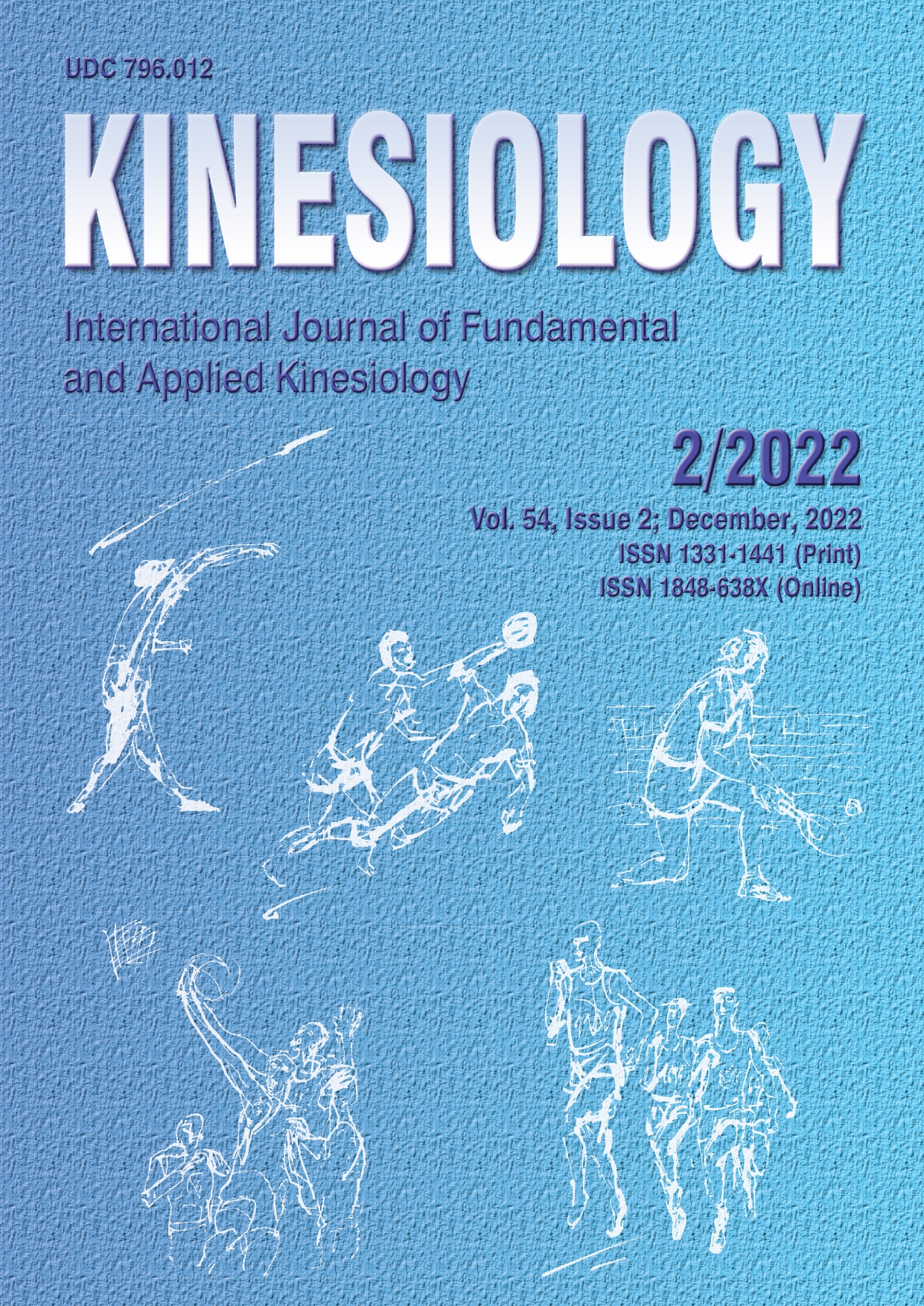TRAINING PRACTICES OF FILIPINO ATHLETES DURING THE EARLY COVID-19 LOCKDOWN
Abstract
The imposition of COVID-19 lockdown restricted the daily activities of many people, including athletes. This study investigated the training practices of athletes in the Philippines during the early COVID-19 lockdown. A total of 442 athletes answered an online survey (May-July 2020), with questions pertaining to training practices, such as training frequency and duration. Data were analyzed according to: athlete classification (world-class, international, national, state, or recreational), sport category (individual or team), and sex (male or female). During lockdown, significant reductions in training frequency (except recreational, i.e., lower pre-lockdown training) and duration were observed for all athletic classifications. Similarly, training frequency and duration decreased significantly irrespective of sport category and sex. World class athletes appeared to be less affected by lockdown (types of exercise and specific training) as compared to lower classification athletes. Athletes grouped in accordance with sex and sport category demonstrated little to no difference in training practices during the COVID-19 lockdown. The findings of the current study highlight the challenges experienced by athletes during lockdown, which may aid policy makers in the development of guidelines related to lockdown or lockdown-like situations to establish appropriate support for affected athletes.
Key words: movement restriction, home training, remote training, sports training, SARS-CoV-2
Downloads
Published
How to Cite
Issue
Section
License

This work is licensed under a Creative Commons Attribution-NonCommercial 4.0 International License.
At Faculty of Kinesiology we recognize that access to quality research is vital to the scientific community and beyond. Kinesiology is non-profit journal and all costs of publishing and peer review process are covered by the publisher itself or other funding sources like Ministry of Science and Education of the Republic of Croatia. Full text papers are also available free of charge at http://hrcak.srce.hr/kineziologija. There are no restrictions on self archiving of any form of paper (preprint, postprint and publisher's version).
Articles are distributed under the terms of the CC BY - NC 4.0
Kinesiology does not charge any fees to authors to submit or publish articles in our journal.


